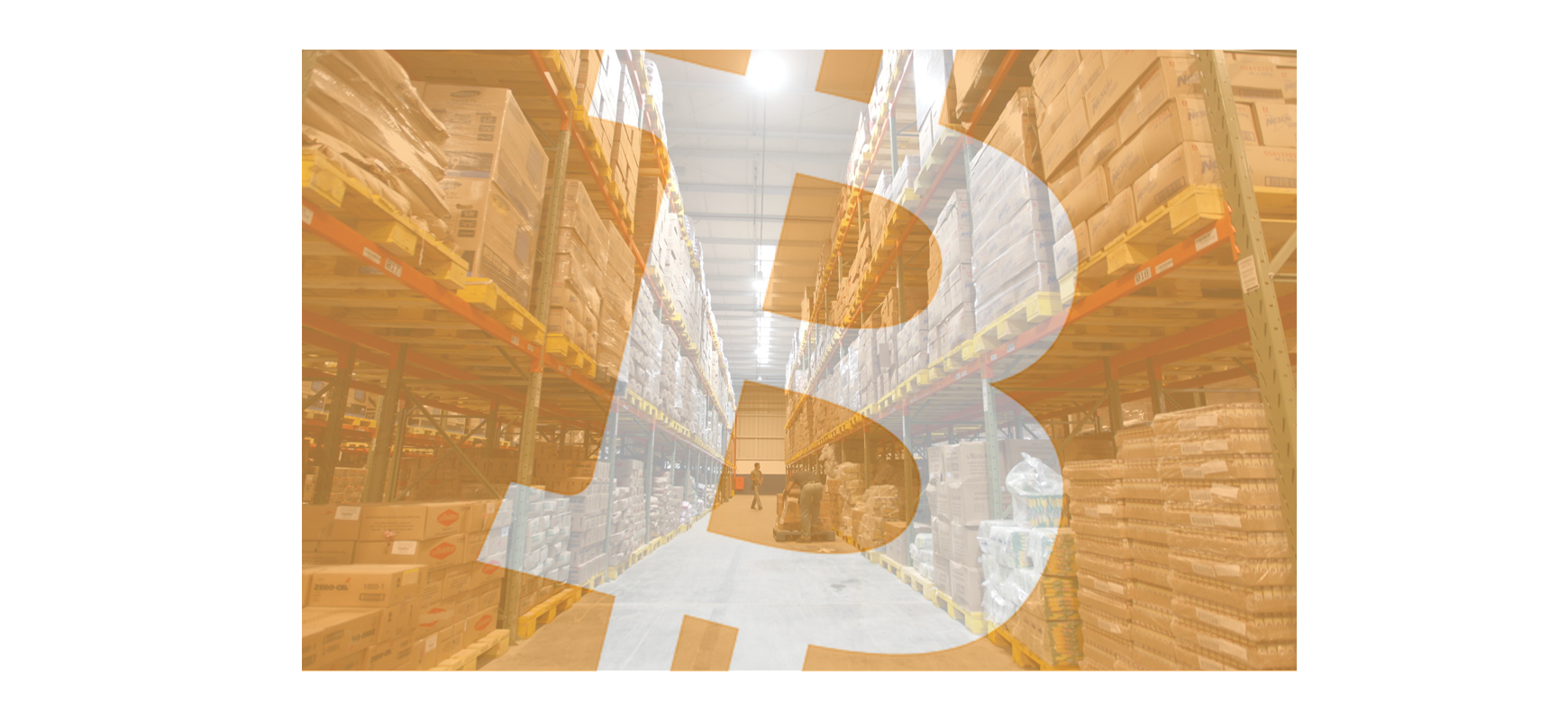
As decentralization becomes the name of the game, businesses are looking at greater efficiency, security, transparency and a lot of reduced paperwork. Any business dealing with packaging and shipping should be eyeing this new technology intently (it’s not a fad when Walmart’s invested).
Let’s walk through the technology together in plain English. We’ll explore its application to supply chain and the packaging industry. We’ll also look at how current printing technologies, paired with the blockchain, offer businesses like yours a new approach to building brand trust.
What is Blockchain?
Blockchain is a decentralized, distributed ledger. We’ve all heard this before, but what does it really mean? Well, let’s begin with the easy word. A ledger is a record. A record of transitions, of comings and goings…a record of anything. Distributed means that the information on this ledger is spread out across multiple platforms (a page here, a page there). Decentralized means that no one entity has ownership of the information on the ledger. All this to say, blockchain is a leger, spread out over multiple spaces, that nobody has ownership of.
A bank is centralized. It takes ownership of its ledger. When you make a bank transaction, all the information pertaining to it is stored in the bank’s central system. Conversely, when you transfer a cryptocurrency like Bitcoin or Ethereum, there is no bank. It’s decentralized. The ledger is spread out over many, many, many computers. As a result, there are no transaction fees. Moreover, the transaction is virtually unhackable. Whereas a bank relies on encryption to shoo away bad actors, a decentralized network has the added benefit of storing the transaction record on a multitude of computers that no one entity owns. So, even if a few of these computers are compromised, the ones that aren’t maintain the record’s authenticity.
Blockchain And Logistics
Today, in the world of supply chain, activities are flowing through more and more channels. This increasingly complex stream of information presents greater risks for the industry. Conventional supply chain systems are easily compromised, which can lead to counterfeit activities and debilitating regulatory setbacks.
Functioning as a ledger that is both transparent and immutable, Blockchain drastically reduces the threat of human interference. At the same time, its multi-channel network is poised to resolve conflicting regulations and streamline transactions.
What does this all Mean for Packaging?
Let’s look at a practical application. A major reason why Walmart is exploring new blockchain solutions is to maintain food integrity. A decentralized ledger streamlines the chain connecting farmers, processors, warehouse and distributors. All these links can now easily communicate without conflicting systems and multiple logs.
Checkpoints become paperless and any product information needed can be accessed on the spot. Whereas tracking the origins of food-borne illness once took days or even weeks, it can now be traced almost instantaneously by merely scanning a barcode or QR code. It’s also worth noting that with blockchain, records can never be altered retroactively, which means all information on the ledger is by default authenticated.
In a way, all this changes the shape of packaging. The box itself can now be used to access every bit of information about its product’s journey. Recently, we covered a few of the interesting applications QR codes offer the packaging industry. But all these features pale in comparison to what scannable codes can offer when tied to a decentralized ledger. With the help of blockchain technology, your package can offer powerful insight into your product.
Why the Consumer Cares
Given access to these scannable codes, consumers will soon be able to authenticate every one of your brand promises by simply pointing their phone at your packaging. Blockchain, more so than any other technology before it, is an incredibly useful tool for building brand trust. With blockchain driving supply chain, your packaging becomes a new kind of brand ambassador—one not tied to corporate claims or the bottom line.
Claims of “all organic” or “100% gluten-free” can be put to the test. “Made in U.S.A.” will need to mean just that. And for brands distributing luxury products, authentication can be made directly by the consumer. This new technology will simplify policing counterfeit and tampered-with products. Of course, you’re not obligated to grant access to all this information. But if your competition is doing it and you’re not, what does that say about you? Transparency matters.
But Wait… Is this Actually Happening?
It’s certainly started. Indeed, for all of this to work, every player in your supply chain network would need to commit to blockchain. But with major brands already heavily invested and everyone eying the financial incentives the technology offers (fewer and fewer middlemen), it’s only a matter of time before blockchain becomes the industry standard.
And for smaller businesses, many package printing companies are already geared up for the shift. At Packwire, unique QR codes or other scannable imagery can easily print on press at reasonable quantities. Print 1,000 boxes with 1,000 artwork variations, or even fewer. With the help of package printing companies like Packwire, product packaging will soon be taking its biggest evolutionary step yet.
The companies making headlines today are Walmart, Nestlé and Dole. But before long, even mom-and-pop shops will somehow be touched by blockchain. Maybe your business is already eying the technology. If it is, we’d love to hear from you in the comments below! What sort of challenges lie ahead for your business? What opportunities do you anticipate? Do you foresee blockchain changing the shape of your packaging?




